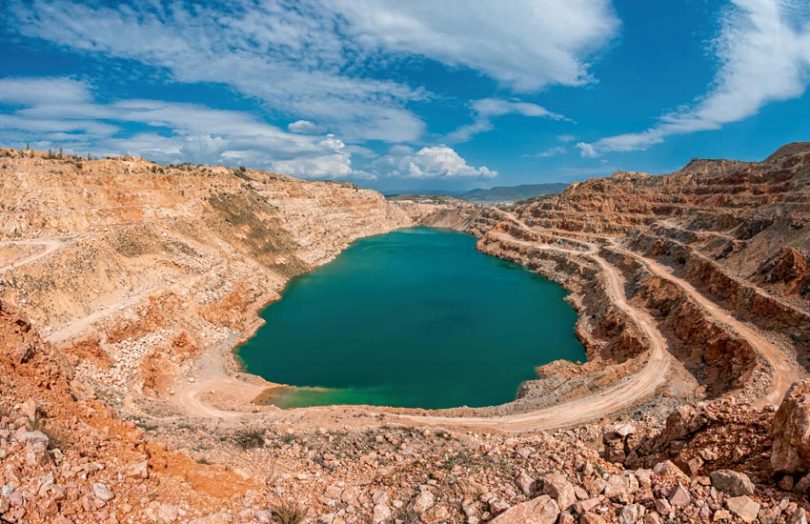Today the World Economic Forum (WEF) announced the completion of a proof of concept by the Mining and Metals Blockchain Initiative (MMBI). The Carbon Tracing Platform (COT) aims to monitor greenhouse gas emissions from end-to-end.
For the mining firms, their customers such as the car companies want to measure their production carbon footprint, so they need to know about the raw materials, including metals and minerals. Plus, the consortium participants are very large organizations with their own ESG reporting requirements. This sort of project will allow them to share the costs of developing a solution.
First unveiled last year, the consortium participants are Anglo American, Antofagasta Minerals, Eurasian Resources Group, Glencore, Klöckner & Co, Minsur, and Tata Steel. Dutch blockchain Kryha developed the solution and the consortium is advised by Susan Joseph, who previously worked with insurance consortium B3i.
“We believe that enhanced collaboration around blockchain technology is necessary to improve supply chain transparency and reporting on carbon emissions,” said Benedikt Sobotka, CEO of Eurasian Resources Group and Co-Chair of the Global Battery Alliance. “The MMBI’s custom-built blockchain solution will allow customers to verify the environmental impact of the products they use, and we are excited to have entered the next phase of the platform’s development.”
Elsewhere blockchain has been used to track minerals used in electric vehicle batteries by the likes of Circulor. The startup is working with Mercedes and Volvo to help track carbon footprints. Plus, it’s working with blockchain startup Everledger to create standards for interoperability between different solutions.
Meanwhile, Volvo and Glencore are also members of another metals and minerals alliance, the Responsible Sourcing Blockchain Network initiated by IBM. The responsible element isn’t just about carbon emissions and environmental impact but also about ensuring revenues aren’t used to fund local wars and the mining process avoids child exploitation. It seems that Volvo adopted Circulor’s solution because it enabled it to move faster.






